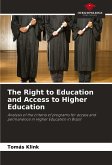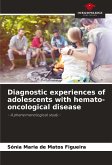Besides the natural background radiation, medical exposure related to imaging procedures has become the greatest source of exposure to ionizing radiation in the population. Medical exposure to x-ray in the field of interventional cardiology represents an important issue, since x-rays are associated with both deterministic effects, such as radiation-induced injuries in patients' skin and stochastic effects, such as radiation-induced cancer in patients. Although transradial access is being increasingly used in interventional cardiology, there are concerns about a possible increase in radiation exposure as compared to transfemoral access. The aim of this study is to compare radiation exposure parameters in coronary angiography procedures performed via left radial artery, right radial artery and femoral artery and to identify factors contributing to increased radiation dose. Transradial access seems to be associated with a small but significant increase in radiation exposure in diagnostic coronary angiography compared with transfemoral access, but the clinical significance of this small increase is still uncertain.
Bitte wählen Sie Ihr Anliegen aus.
Rechnungen
Retourenschein anfordern
Bestellstatus
Storno








